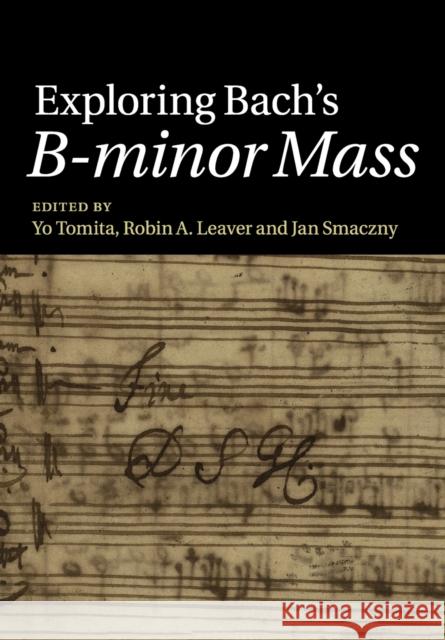Exploring Bach's B-Minor Mass » książka
topmenu
Exploring Bach's B-Minor Mass
ISBN-13: 9781108749961 / Angielski / Miękka / 2020 / 344 str.
Exploring Bach's B-Minor Mass
ISBN-13: 9781108749961 / Angielski / Miękka / 2020 / 344 str.
cena 154,17
(netto: 146,83 VAT: 5%)
Najniższa cena z 30 dni: 125,88
(netto: 146,83 VAT: 5%)
Najniższa cena z 30 dni: 125,88
Termin realizacji zamówienia:
ok. 22 dni roboczych
Bez gwarancji dostawy przed świętami
ok. 22 dni roboczych
Bez gwarancji dostawy przed świętami
Darmowa dostawa!
This collection of essays presents a thorough and systematic study of Bach's B-minor Mass by leading scholars in the field.











